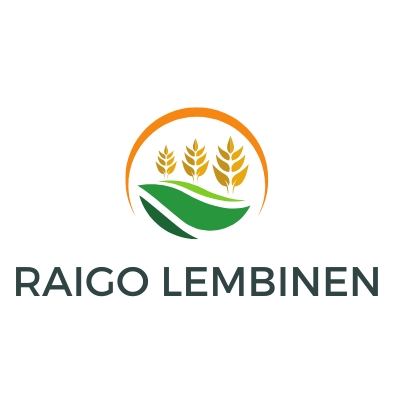5 tips for efficient watering and fertilizing of your crops
Efficient watering and fertilizing are critical components of successful crop production. By optimizing these practices, farmers can save resources, increase yields, and promote sustainable agriculture. In this post, we'll explore five essential tips to help you water and fertilize your crops more efficiently.
Understanding Your Soil
Before you can effectively water and fertilize your crops, you need to understand the soil you're working with. Soil testing is a vital first step that provides information on pH levels, nutrient content, and soil type. This data helps you tailor your fertilization and irrigation strategies to meet the specific needs of your soil.
Different soil types require different fertilization approaches. Sandy soils, for example, drain quickly and may require more frequent, lighter applications of fertilizer, while clay soils retain nutrients longer and may need less frequent applications.
Watering Techniques for Maximum Efficiency
Drip irrigation is a highly efficient watering method that delivers water directly to the plant roots, minimizing evaporation and runoff. It's especially effective in arid regions and for crops that require precise moisture levels.
The timing and frequency of watering are crucial for crop health. Watering early in the morning or late in the evening reduces water loss due to evaporation. Additionally, understanding the water needs of your crops can help you determine the best watering schedule.
Choosing the Right Fertilizer
Organic fertilizers release nutrients slowly and improve soil structure, while synthetic fertilizers provide immediate nutrient availability. The choice between them should align with your crop needs and sustainable farming goals.
Applying fertilizers efficiently is just as important as choosing the right type. Methods such as banding, broadcasting, and side-dressing can be used depending on the crop and soil conditions.
Monitoring and Adjusting Your Approach
Modern technology, such as soil moisture sensors and nutrient meters, can help you monitor your crops' water and nutrient levels. This information allows you to adjust your watering and fertilizing practices in real-time for optimal crop health.
Plants exhibit visible signs when they are stressed due to over or under-watering and fertilizing. Paying attention to these signals and adjusting your practices accordingly can prevent crop damage and improve yields.
Conservation Practices
Mulching helps retain soil moisture, reduce weeds, and add organic matter to the soil. It's an effective conservation practice that can enhance your watering and fertilizing efficiency.
Cover crops and crop rotation can improve soil health, reduce the need for fertilizers, and help manage water usage. These practices contribute to a more sustainable and efficient farming system.








Comments (0)